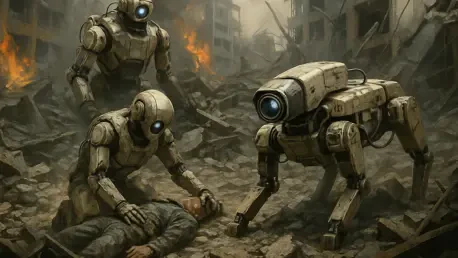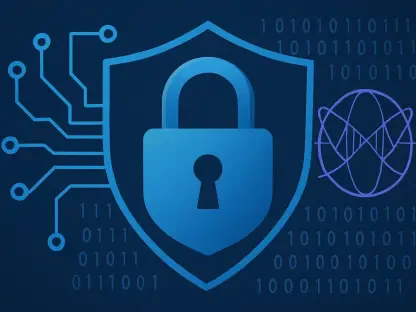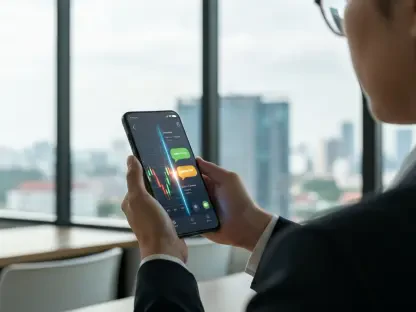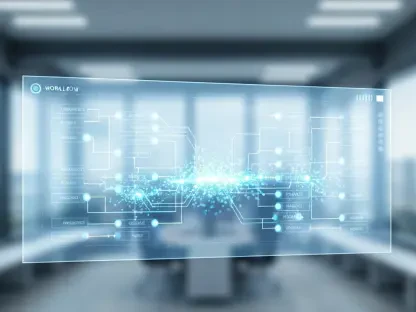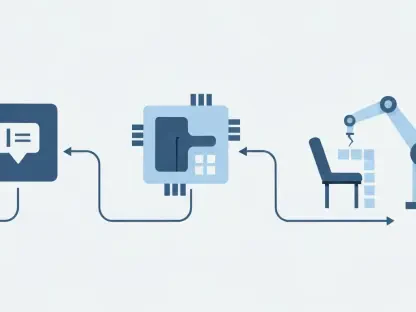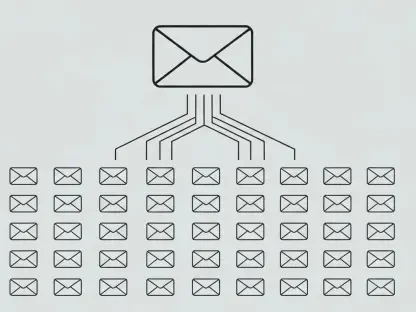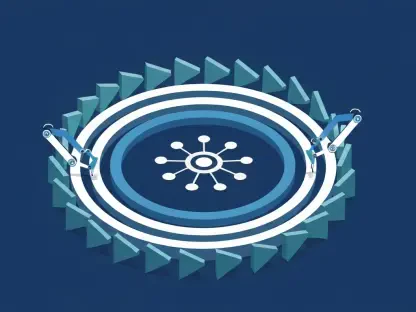I’m thrilled to sit down with Oscar Vail, a pioneering technology expert whose groundbreaking work in robotics and AI is transforming emergency response. With a deep focus on emerging fields like quantum computing and open-source innovation, Oscar has been instrumental in advancing the use of drones and robots in disaster management. Today, we’ll dive into his insights on how these cutting-edge tools are being integrated with rescue teams, the challenges of simulating real-world crises, and the future of autonomous systems in saving lives.
How did the concept of using robots and drones for disaster response first come to life in your work?
The idea really stemmed from a recognition of the gaps in traditional emergency response. Disasters often overwhelm human responders—there are just too many victims and not enough hands. We started exploring how drones and robots could act as force multipliers, getting to dangerous or hard-to-reach areas first and providing real-time data. It began with simple concepts like aerial surveillance, but over time, we’ve built systems that can assess injuries and communicate directly with medics. It’s been a journey of blending tech with human need.
What’s the overarching mission of your projects when it comes to aiding in crisis situations?
Our core mission is to save lives by speeding up the triage process. In a mass casualty event, figuring out who needs help most urgently is critical. Our robots and drones aim to locate survivors, evaluate their condition, and relay that info to medics so they can prioritize effectively. Beyond that, we’re working to ensure these systems can operate autonomously in chaotic environments, reducing the burden on human responders and getting aid to people faster.
Can you walk us through the significance of programs like the DARPA Triage Challenge and what they mean for your research?
The DARPA Triage Challenge is a game-changer. It’s a multi-year initiative that pushes teams to develop and test robotic systems for mass casualty scenarios. It’s not just about building tech—it’s about proving it can work under pressure in realistic simulations. For us, it’s a chance to refine our algorithms, test hardware, and get feedback from real medics. The challenge drives innovation by setting high bars, like handling complex disaster setups, and it’s accelerating how quickly we can move from lab to field.
What kinds of disaster scenarios do you replicate in these simulations to test your technology?
We simulate a wide range of scenarios, from natural disasters like earthquakes to man-made crises like large-scale accidents. Some of the toughest setups include night operations where visibility is low, or environments with debris and obstacles. We use both high-tech mannequins and human actors to mimic injured victims, creating situations where our drones and robots have to navigate chaos, identify critical cases, and communicate effectively. It’s as close to real-world unpredictability as we can get.
How do your drones play a role in initially assessing a disaster scene, especially in locating survivors?
Drones are our first responders. They’re equipped with advanced sensors—think thermal imaging and high-resolution cameras—that can detect heat signatures or movement, even in low-light or obscured conditions. They sweep the area systematically, mapping out the scene and pinpointing where survivors are. Once they identify someone, they transmit coordinates and initial assessments to ground units, whether that’s a robot or a human medic, ensuring no time is wasted in getting help where it’s needed most.
Let’s talk about the robot dog, like the Boston Dynamics Spot model. What’s its specific function once it reaches an injured person?
The robot dog, which we’ve been testing extensively, acts as a mobile triage unit. When it approaches an injured person, it can verbally interact, saying things like, “I’m here to help. Do you need assistance?” It uses onboard sensors to scan for vital signs—heart rate, breathing patterns, things like that. Then it relays this data to medics in real time. It’s also designed to stay with a patient if needed, monitoring for any changes in condition until help arrives. It’s like having an extra set of eyes and hands on the ground.
How does the communication between robots and medics enhance efficiency during high-stress rescue operations?
Communication is everything in these scenarios. Our systems send updates directly to medics’ phones, displaying critical info like a patient’s vitals or injury severity. What’s really helpful is the audio alerts—medics are often hands-deep in treating someone, so they can’t always look at a screen. Hearing a robot call out about a critical case nearby lets them adjust their focus instantly. It’s about giving them actionable data without slowing them down, so they can make split-second decisions with confidence.
Your simulations often include challenging conditions like darkness. How do you ensure robots and drones perform reliably in such environments?
Darkness and other harsh conditions are exactly what we train for because disasters don’t happen on sunny days with perfect visibility. Our drones and robots are fitted with night-vision capabilities and sensors that don’t rely on light, like infrared for detecting body heat. We also run countless test scenarios in low-light or smoky environments to fine-tune their navigation and detection algorithms. It’s a constant process of tweaking and testing to make sure they’re dependable when conditions are far from ideal.
What role do human actors and medical professionals play in shaping the development of your technology during these simulations?
Human actors and medics are invaluable. Actors help us simulate real human behavior—panic, pain, confusion—which tests how our robots interact under stress. Do they communicate clearly? Can they calm someone down? Meanwhile, medics give us direct feedback on what they need from our systems. They’ve helped us prioritize certain data outputs or adjust how alerts are delivered. Their insights ensure our tech isn’t just cool—it’s practical and truly supports their life-saving work.
Looking ahead, what’s your forecast for the role of robots and drones in emergency response over the next decade?
I’m incredibly optimistic. Within the next ten years, I believe robots and drones will be standard in emergency response, not just as tools for assessment but as active participants in care—stabilizing patients, delivering supplies, or even performing basic medical tasks. As AI and hardware continue to improve, these systems will become more autonomous and adaptable to unpredictable scenarios. The data we’re gathering now from simulations is paving the way for best practices that will make this tech a seamless part of disaster management, ultimately saving more lives.
